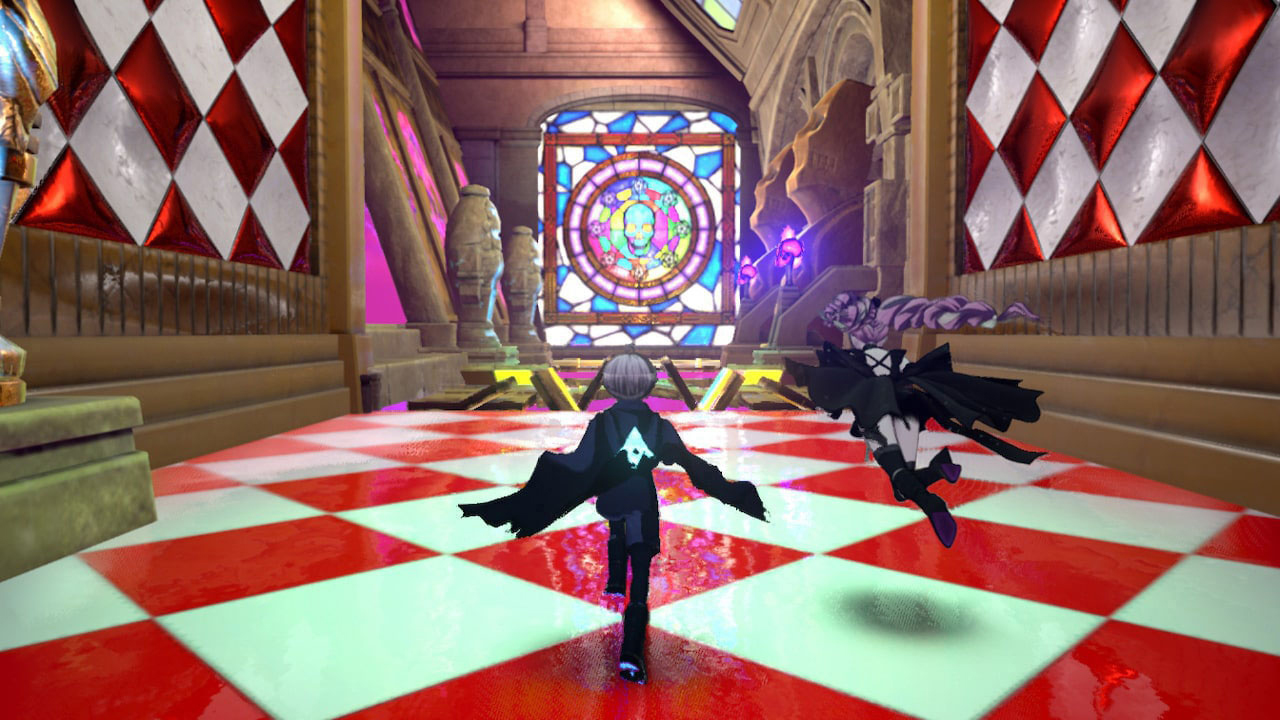#The History of Motion Graphics
Motion graphics hold a wide history. Learn about motion graphics history and some fine examples in our discussion.

Inhaltsverzeichnis
The History of Motion Graphics
Animation is a leading domain that has its branches omnipresent in different sectors. A complete hub of different art forms that have been pervasive for many years. Animation is what can make a static object move.
Many people do not understand the terms animation and motion graphics. Animation has an undetachable part called motion graphics that draws a thin line between the two. Motion graphics is dominating just like its origin which is animation.

It has developed a strong position in the digital world that we nearly overlook it in our lives. Despite this fact, it’s a driving force when animated advertising is the focus.
This discussion will impart knowledge about the earliest genesis of motion graphics and will highlight some important perspectives in further sections.
How does Motion Graphics work?
The term motion graphics has several definitions. But to define it in just three words would be “Graphics that move”. You can also call it motion design to further simplify its purpose and function for yourself. It is a core relationship between the graphical movements that come together in all the executions.
Motion graphics contain the ability to blend graphical designs into dimensions of speed and modification. Which means making them move and change themselves.
Animation works on a precedented principle. For instance, Disney movies would set themselves a particular model to animate for their projects. But motion graphics is spontaneous. It is also the noblest example of the best use of creativity.
The graphical elements, objects, or characters in motion graphics are impromptu. This makes the experts, research suitable transitions, speeds, and concepts for each and every project. This is how motion graphics breathes life into such parameters. Due to this reason, motion graphics is a much-personified art form that relates to the audience on all counts.
Historical Background of Motion Graphics
If you turn the pages of history to the pre-emergence of motion graphics, the elements were all static and immobile. The quiescent nature was all that was working those days. Those were the days when Walt Disney Cartoons were at their glory.
As time flowed, motion graphics started to arise in the starting titles. People began to know about this budding art form. The birth givers of motion graphics were Oskar Fischinger and Norman McLaren.
History owes to the efforts of Saul Bass, Maurice Binder, and Pablo Ferro that reflected the presence of motion graphics among the audience on a large scale.
These were the pioneers that laid the foundation of motion graphics. Their projects were the initial motivation for the artists and professionals of motion graphics at that time. These movies were able to set the tone for the audience. Enhance their mood and provoke them through curiosity.
Motion graphics was arising as a compelling way to cover all the responsibilities of a movie. People were awestruck to see such a way of blending graphics into movements. This was the actual doorway that brought opportunities for a brighter and more successful future of motion graphic’s existence.
Animation is the mother of motion graphics. Over the years, motion graphics has teamed up with the development of technology. As technology escalated, motion graphics took the support of designing tools and software for its own betterment.
This made motion graphics much more perceivable for learners and producers. The investors in motion graphics began to accept it. The positive feedback of the audience was also crucial to give a deserving acceptance to motion graphics in contemporary evolution.

“The History of Motion Graphics”- By Michael Betancourt
Michael Betancourt is among the renowned film theorists and animators. He has poured his heart out in different writings. His writings predicate and emphasize digital capitalism, motion graphics, visual music, new media art, theory, and the formalist study of motion pictures.
We are going to have a look at one of his best sellers. The book, “The History of Motion Graphics” is a compiled knowledge for those who want to explore the transparent background of motion graphics and its advent in the modern digital world.
The book discusses factors like the forms and meaning of motion graphics and the relationship between American avant-garde film, video art, and TV commercials.
Michael Betancourt has recalled the attempts of a brilliant animator, John Whitney who established a brand “Motion Graphics, Inc” in 1960. The brand’s objectives were to produce animated titles and logos. The brand was successful in performing as a bridge between avant-garde movies and advertisements for movies.
This book also depicts the reference works of the former abstract movies and deciphers the experiments of the professionals like Mary Hallock-Greenewalt and Thomas Wilfred during discussion.
The History of Motion Graphics is integral to seeking help when it comes to knowing about the roots of motion graphics and its entire evolution through a profound analysis.
Former Style of Motion Graphics
Flipbooks of the 1800s were the novelty to create fascinating mobile graphics or simply put, drawings. This invention was not enough to set a benchmark for motion graphics until the experts were fearless to depend on cinematography.
It is immature to dedicate this entire evolution to only one individual. Since so many attempts were taking place in the beginning. Different mindsets were trying their best to sustain the rise of motion graphics for future generations.
Marcel Duchamp, Walter Ruttman, and Fernand Lager are the names who were contributing to the blending of movies and mainstream media channels. It will be wrong to say that there is only a single birth giver to motion graphics.
Examples from History
Fernand Leger (1881-1955)
Fernand Leger was a dedicated painter from France who was the inventor of pop art in 1924. He was a co-director with famous filmmaker Dudley Murphy for an emblematic movie called “Le Ballet Mecanique”. A complete sequence of the movie included the moving lips and teeth of a woman along with other objects. The synchronized movements were considered symbolic interpretations of this kind of directorship.
Saul Bass (1920-1996)
Saul Bass was not only a great personality in the profession of graphic design but he was a huge contribution to several movies. He would change the perception of a poster design into something nostalgic for the audience. This did not stop for anything and made him unwavering to improve the manifestation of design. His designs were subtle but would correspond to the tone and motive of the movies. His famous movie sequences include “The Man With The Golden Arm” (1955), “Psycho” (1960), “Goodfellas” (1990), and “Casino” (1995).
Pablo Ferro (1935-)
Pablo Ferro was a graphic designer from America. He contributed to the expedient editing and multi-screen animation in film and television for the first time in 1963. The world celebrated him as a super influential professional as he successfully achieved 70 awards from national and international audiences. His efforts made their place in featured films like “Philadelphia”, “Beetlejuice”, “Men in Black”, and “A Clockwork Orange”. His titles and montage sequences were not only nominated for Academy Awards but also won 12 awards as recognition.
Motion Graphics Price Range
Motion graphics has been advancing for many years. The former techniques used for motion graphics required extra human effort. For this reason, motion graphics was an expensive investment for the producers.
Today, motion graphics pricing ranges from $30 to $330 depending on normal to intense projects. The variables like project magnitude, advanced features, and nature of motion graphics used can make this cost range fluctuate.
Motion Graphics Domain
Motion graphics is among the most coveted art forms of the past and present. The century is in big debt of motion graphics since we have been witnessing its impacts in so many movies for numerous years.
A professional motion graphics professional has a sharp eye on color usage, typography, image execution, and sound design and good command of design tools. These elements grow a better motion graphics expert into a seasoned one.
Technology has a major role to play in the advancement of motion graphics. Technology gave rise to inevitable designing tools. Before such software, motion graphics was expensive and time-taking.
There are two important tools to name in this discussion. Adobe After Effects gives the freedom to develop and change the graphical elements. While Adobe Flash is dependable for producing web designs.
Some designing software have the ability to function with others. For example, Maxon Cinema 4D would go well with Adobe After Effects and Photoshop.
Technicians are relying on designing programs like Nuke, Autodesk Combustion, Apple Motion/Shake, and 3D programs such as Autodesk 3DS Max and Maya, Newtek Lightwave, and Blender, among many others.

Closing Remarks
Motion graphics has no stop to make in the present and future. The domain will keep exploring different opportunities to flourish with the brands of the world. Motion graphics is getting universal in almost every second sector around us.
If you are looking for motion graphics services, BuzzFlick can help you with your ideas. You can check out their stellar portfolio for quality production of motion graphics services on their website.
by Sara Clark
Wenn Ihnen der Artikel gefallen hat, vergessen Sie nicht, ihn mit Ihren Freunden zu teilen. Folgen Sie uns auch in Google News, klicken Sie auf den Stern und wählen Sie uns aus Ihren Favoriten aus.
Wenn Sie an Foren interessiert sind, können Sie Forum.BuradaBiliyorum.Com besuchen.
Wenn Sie weitere Nachrichten lesen möchten, können Sie unsere Technologie kategorie besuchen.




